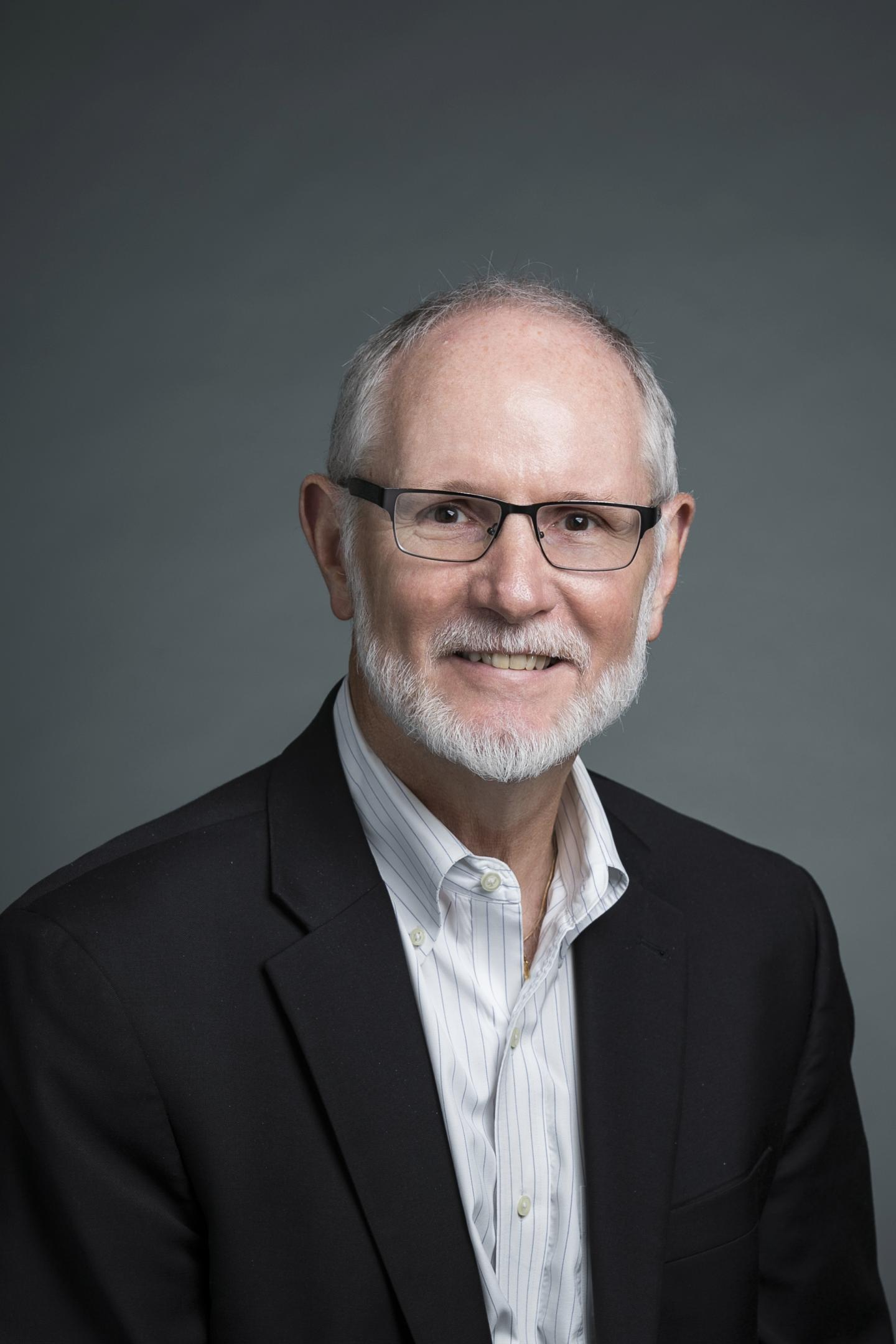Model helps reduce costs and improve health by channeling investment ‘upstream’

Credit: George Mason University
Research shows that investments in housing, nutrition, and transportation, among other healthy opportunities (commonly known as social determinants of health), can improve health and other dimensions of well-being for vulnerable populations while reducing health care and social service costs. Something as simple as having access to transportation to medical appointments can keep chronic conditions in check and prevent costly hospital stays.
And yet, adequate and sustainable financing of healthy opportunities has eluded most if not all communities in the United States due to the complexity of improving health and managing health care costs.
A new model developed by Dr. Len Nichols, professor at George Mason University’s College of Health and Human Services (CHHS) and Lauren Taylor, a doctoral student at Harvard Business School, could help address many complexities of this work, including building coalitions based on trust and establishing pricing rules that are sustainable. The Collaborative Approach to Public Good Investment (CAPGI) model helps participants develop the skills and resources needed for communities to finance the integration of social and health services and provides specific tactics to improve cost and health outcomes.
“This model could help communities and stakeholders spend less on health care, while even more importantly–improving the health of all people,” explains Nichols. “We’re excited to teach and learn from communities that exhibit the criteria for successful implementation over the next 12 months. After that, we hope to test and evaluate the model, along with our Altarum partners, in the coming months and years.”
The paper Nichols and Taylor recently published in Health Affairs showed how a relatively obscure economic model, appropriately modified, could facilitate sustainable health system savings from something as simple as timely transportation to medical appointments. This can improve health while enhancing the bottom line for public and private insurers, hospitals, health clinics, social and public service providers, employers, and taxpayers.
Taylor observed, “The challenge of how to appropriately assign prices for public goods is one of the major obstacles standing in front of community coalitions. I’m excited to be part of structuring a fair process by which community actors can share the burden of financing social determinants of health and reap financial and non-financial rewards.”
The project will begin this summer with a series of free webinars or interactive tutorials, the first of which will provide an overview of the model with latter sessions focusing on the details of how the processes attendant to the model would work. Interested participants can register here. The tutorial is open to any willing participant, whether they work for an existing coalition, health care provider or insurance organization, social service provider, local governmental unit such as a health or social service agency, mayor’s office or county government, employer coalition, community advocacy organization, philanthropy, faith-based organization, state government, or a consultancy that facilitates the work of any or all of the above.
Following the series of tutorials, the research team will gather data from interested communities, conduct analyses and site visits, and finally assess local conditions and collaborative environments that make successful use of the model more or less likely. A final report will describe lessons learned, creating a road map for other communities in the future.
Faculty from Mason and Harvard will collaborate with the Altarum Institute on the project, made possible with a $500,000 one-year grant from the Commonwealth Fund, the Missouri Foundation for Health, the Episcopal Health Foundation, and the California Health Care Foundation.
About George Mason University
George Mason University is Virginia’s largest and most diverse public research university. Located near Washington, D.C., Mason enrolls 37,000 students from 130 countries and all 50 states. Mason has grown rapidly over the past half-century and is recognized for its innovation and entrepreneurship, remarkable diversity and commitment to accessibility. For more information, visit https:/
About the College of Health and Human Services
George Mason University’s College of Health and Human Services (CHHS) prepares students to become leaders and shape the public’s health through academic excellence, professional service, and innovative practice and research initiatives. CHHS enrolls 1,917 undergraduate students and 950 graduate students in its nationally-recognized offerings, including: 5 undergraduate degrees, 12 graduate degrees, and 11 certificate programs. CHHS is moving toward the goal of becoming a global college of public health in the near future. For more information, visit https:/
Media Contact
Danielle Hawkins
[email protected]
Original Source
https:/




